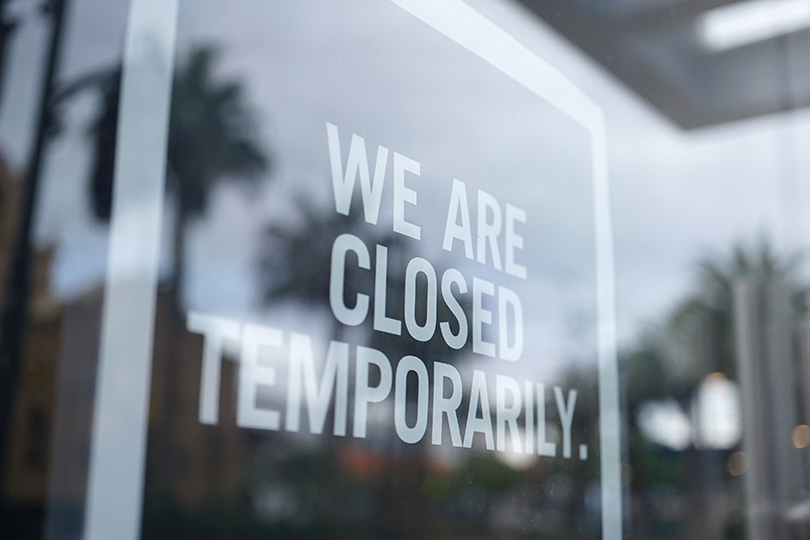Should I Allow Pets in My Rental Properties?
Pet-friendly rentals can mean more revenue, a larger pool of tenants and longer leases. Making the decision to invest in residential real estate is an excellent step in the right direction toward building wealth. While this is a wise choice, there are many things to consider to get the best return on your investment. Although many investors consider the obvious, such as where to market and whether to hire a
Read More












